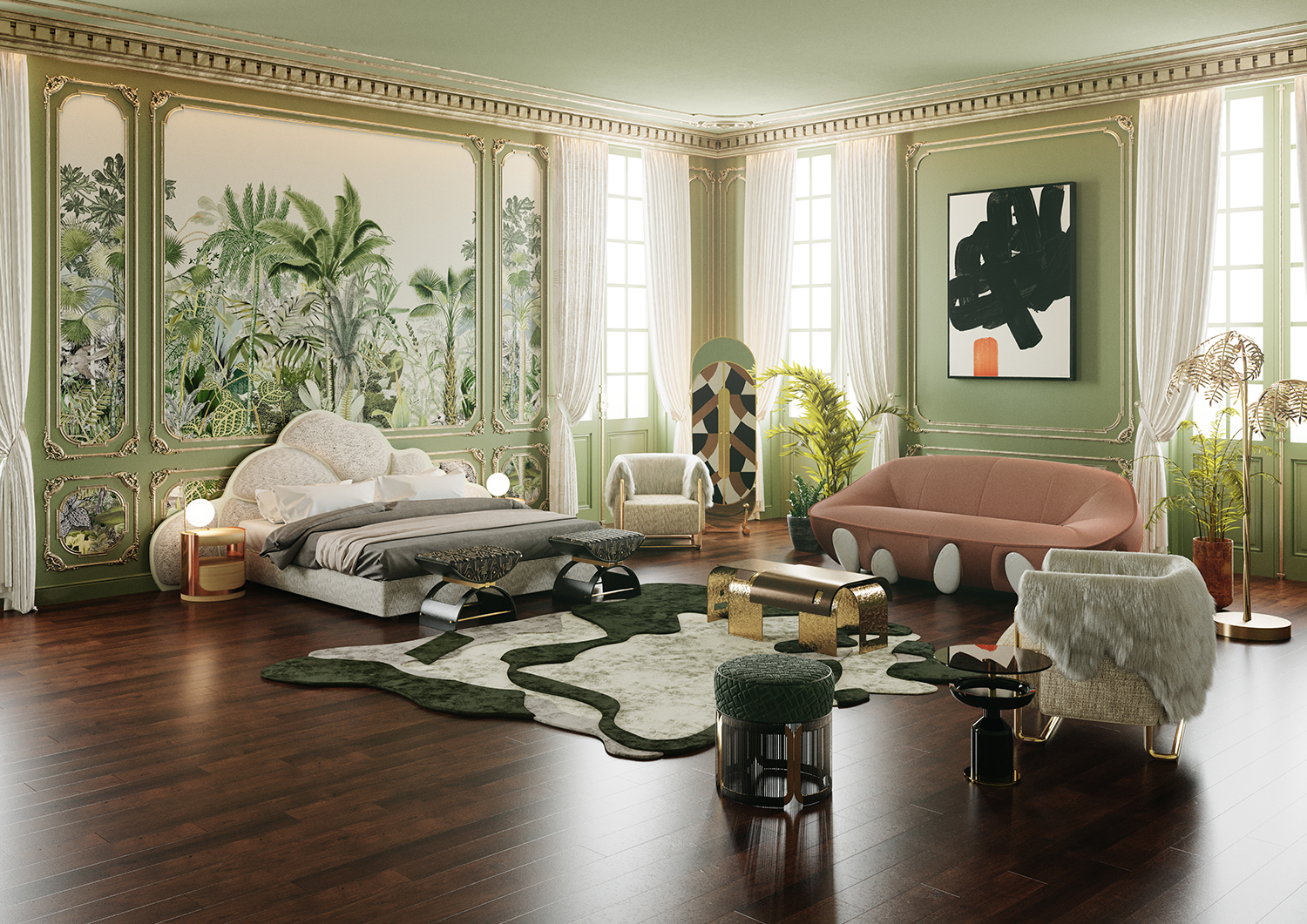Transform Your Home With Vital Concepts of Interior Decoration and Aesthetic Appeals
By understanding the influence of color theory and the importance of structure and patterns, one can create rooms that are not just visually enticing but also deeply personal. Achieving this stability includes more than simple decor; it incorporates a tactical arrangement and an eager understanding of how each component engages within an area.
Understanding Shade Theory
Comprehending the concepts of shade theory enables developers to create areas that reverberate psychologically with residents while satisfying practical needs. Each category plays a vital duty in establishing harmony within an area.
The emotional influence of colors is profound; warm tones such as reds and oranges stimulate energy and heat, while amazing tones like blues and environment-friendlies advertise calmness and tranquility. Additionally, making use of corresponding shades enhances visual interest, producing striking contrasts that can raise a room's appeal.
Neutral colors, on the other hand, serve as a versatile background, permitting various other layout components to beam. It is necessary to think about variables such as lights and the area's function when choosing a color palette, as these can modify the assumption of shades throughout the day.
Inevitably, a well-considered color design can transform a space, promoting a feeling of convenience and design that lines up with the occupants' preferences. Proficiency of color concept is, consequently, an essential ability for any type of interior designer aiming to create unified and inviting environments.
Achieving Equilibrium in Style
Exactly how can designers achieve a feeling of balance in their spaces? Attaining equilibrium in style is fundamental to creating unified insides. Designers can use three primary kinds of balance: symmetrical, unbalanced, and radial. Symmetrical equilibrium involves organizing aspects equally around a main factor, cultivating a feeling of order and serenity. This type usually features sets of furniture or artwork, improving visual security.
Asymmetrical equilibrium, on the other hand, relies upon varying components that still attain a natural look. This technique permits more vibrant and informal setups, offering passion while maintaining balance. By carefully choosing varying sizes, shades, and textures, designers can produce an aesthetically engaging area that really feels balanced yet energetic.
Radial equilibrium stresses a central focal factor with elements radiating external. This design is typically seen in round formats, where furniture and decoration develop a natural surround that draws the eye inward.
Inevitably, achieving balance requires thoughtful factor to consider of range, percentage, and the relationships between aspects. luxury interior design. By skillfully applying these balance principles, designers can transform areas into atmospheres that really feel both cosmetically pleasing and functionally unified, enhancing the general experience for owners
Value of Spatial Recognition

An eager feeling of spatial understanding enables designers to identify focal factors within a room, assisting the visitor's interest to vital features while preserving a total feeling of unity. It likewise helps in the strategic positioning of lights, which can considerably affect the perception of room and mood. Understanding spatial relationships allows the developer to provide informative post to the specific requirements of citizens, making certain that each location offers its intended function without compromising aesthetics.
Eventually, spatial understanding is important for making the most of the capacity of any kind of indoor space. By very carefully thinking about the interaction between dimensions, layout, and feature, designers can develop atmospheres that not only fulfill useful requirements yet also stimulate a sense of convenience and beauty, boosting the overall living experience.
Including Texture and Patterns
Welcoming a varied variety of textures and patterns can dramatically enhance the aesthetic and tactile charm of an indoor area. The tactical usage my latest blog post of various materials-- such as timber, metal, material, and rock-- creates depth and passion, making a room really feel more inviting and vibrant. Incorporating smooth surfaces with rough structures can develop a balance that draws the eye and involves the senses.
When integrating patterns, take into consideration both scale and repeating. Big patterns can function as focal points, while smaller, refined Our site designs can match various other aspects without overwhelming the space. Layering patterns, such as pairing flower cushions with candy striped throws, adds complexity and a sense of consistency if carried out attentively.
It is also crucial to maintain a cohesive color palette, guaranteeing that textures and patterns interact instead of contend for interest. By choosing a few key textures and patterns, you can develop a linked aesthetic that shows your personal design while improving the general ambiance of the area. Inevitably, the cautious unification of these aspects can transform an ordinary area into a sophisticated setting rich with personality and heat.
Customizing Your Room
Developing a space that mirrors your character is essential to accomplishing a really welcoming atmosphere. Personalization in indoor design allows you to instill your special style and passions into your home, changing it from a mere sanctuary right into a haven that talks to who you are. Begin by picking a color scheme that resonates with your feelings-- vibrant colors can energize, while soft tones use tranquility.
Include artwork and decoration that reflect your passions, whether it be travel, nature, or abstract principles. Displaying individual collections, such as books, photos, or keepsakes, can stimulate valued memories and develop prime focus within an area. Additionally, think about customizing practical pieces, like upholstered furnishings, to align with your aesthetic choices.

Verdict
In conclusion, the improvement of a home via the vital concepts of interior decoration and aesthetics requires a detailed understanding of shade concept, equilibrium, spatial awareness, texture, and customization. Each component contributes considerably to producing an unified and practical living setting - Architecture Firm. By attentively integrating these principles, individuals can improve the aesthetic charm and psychological vibration of their areas, ultimately fostering a home that reflects one-of-a-kind identifications while giving convenience and practicality